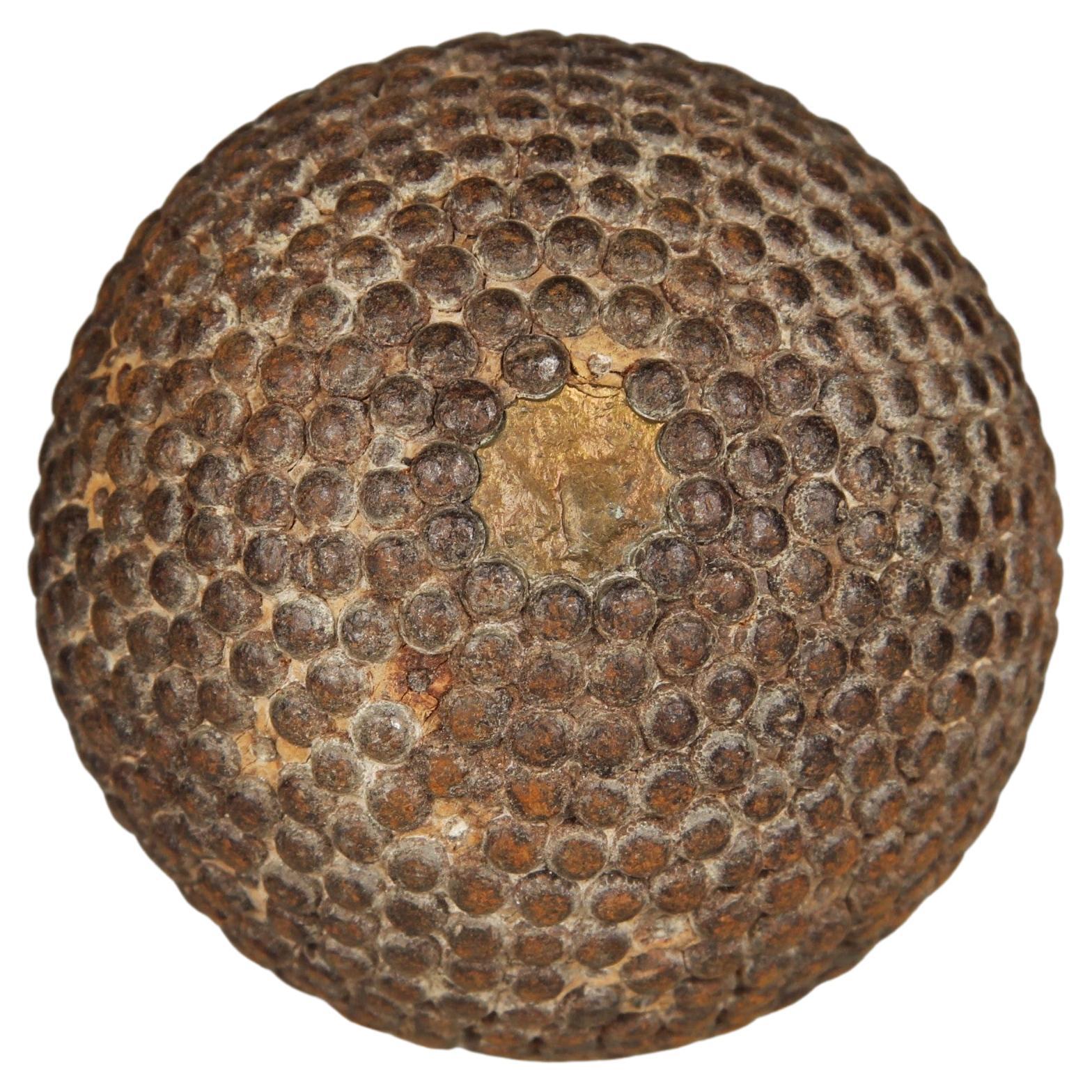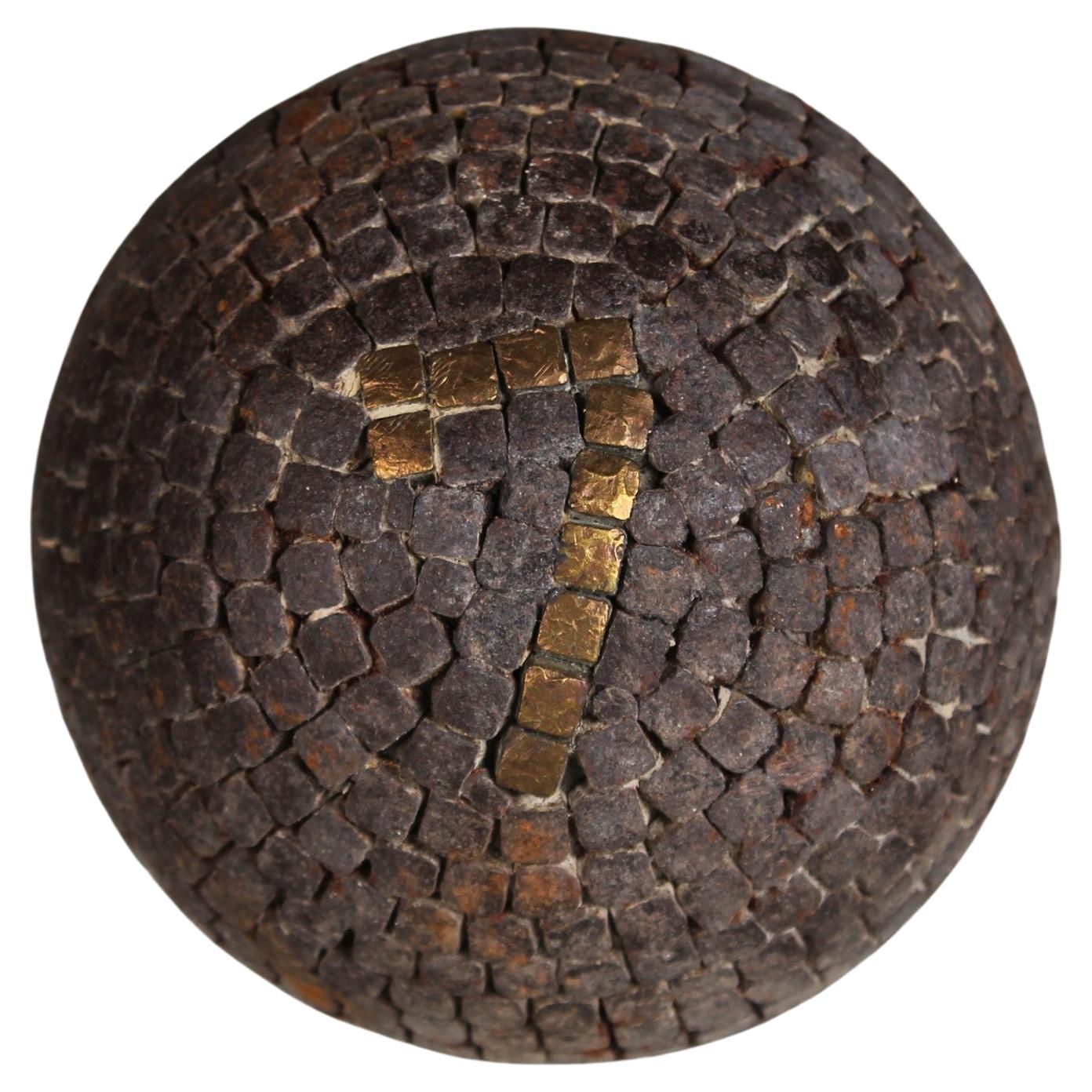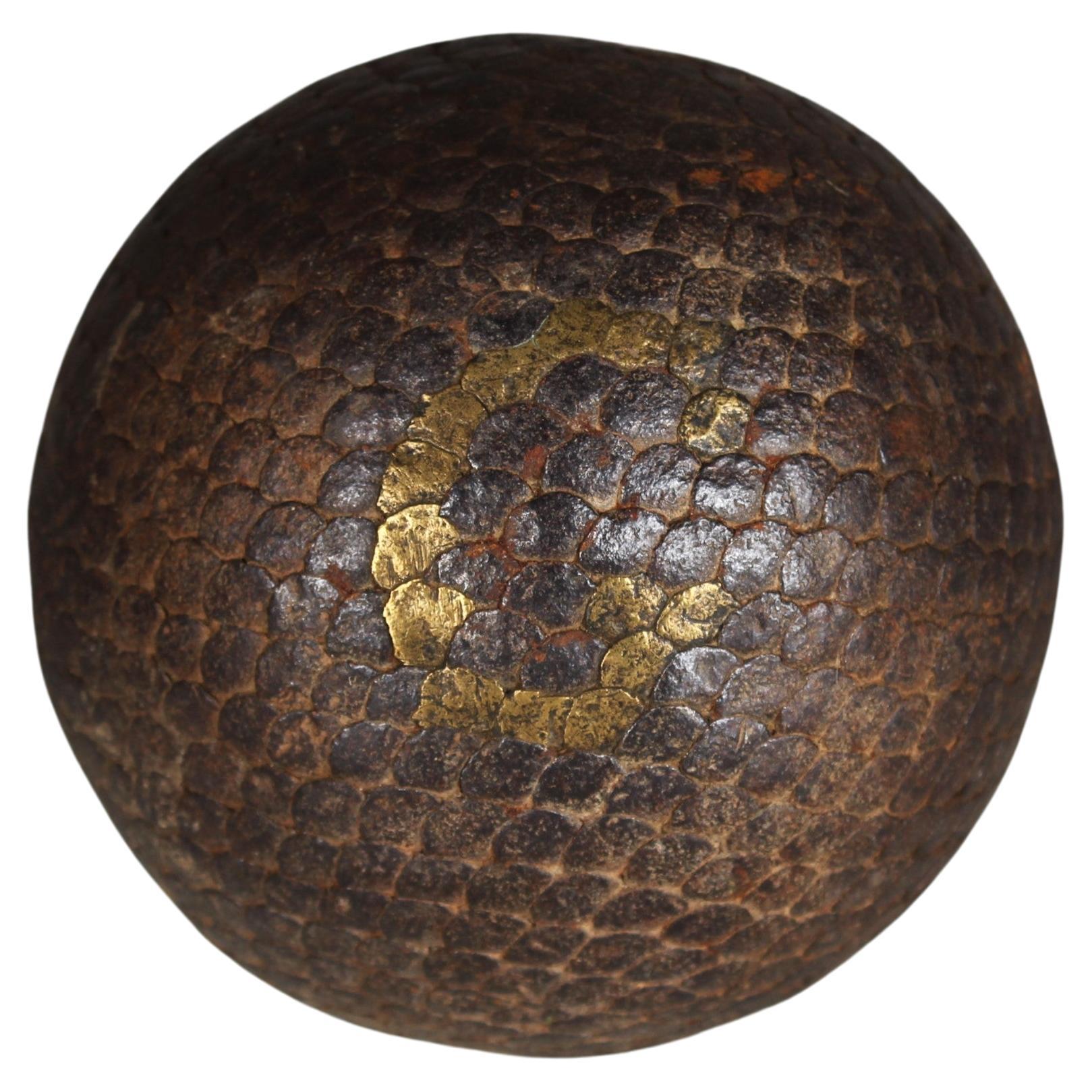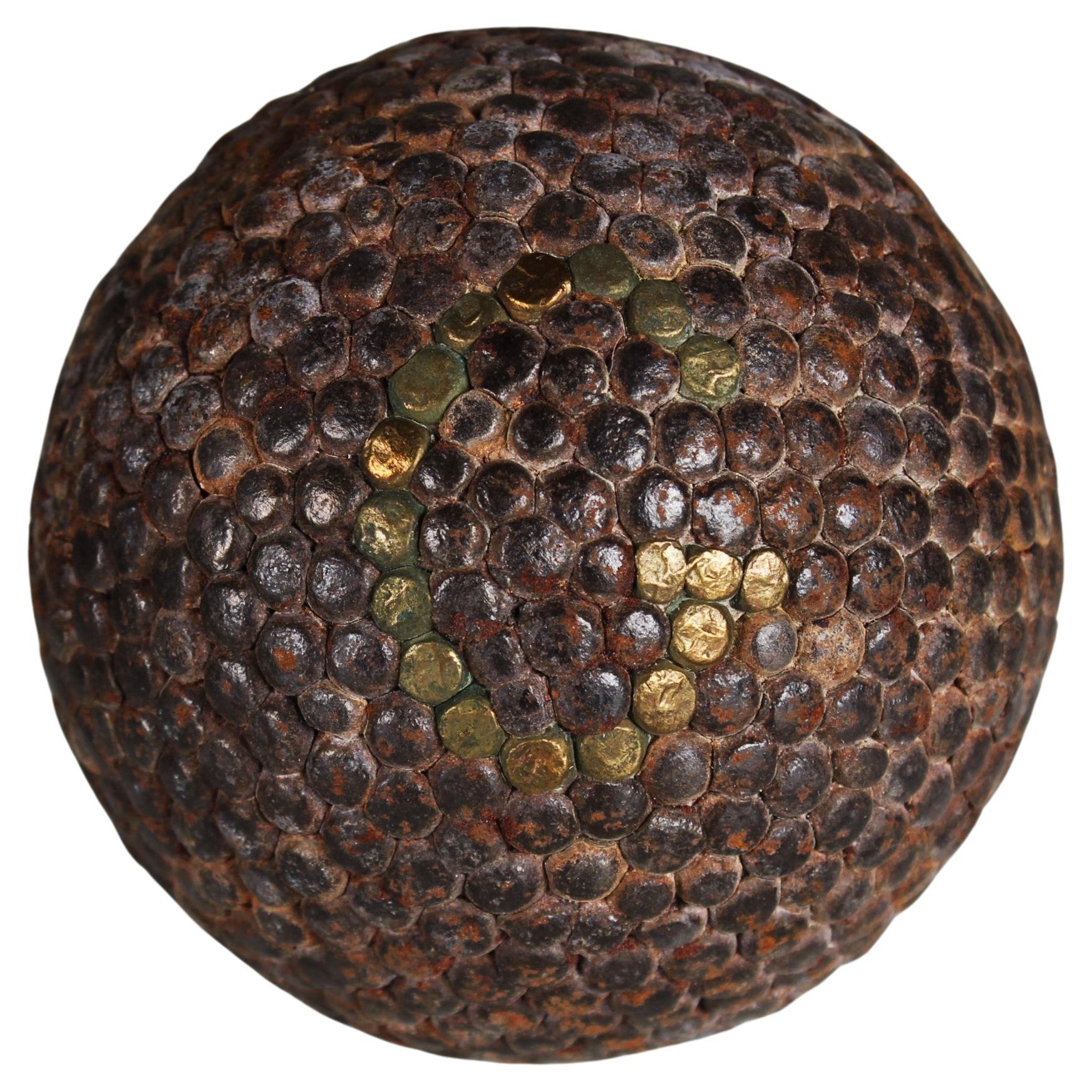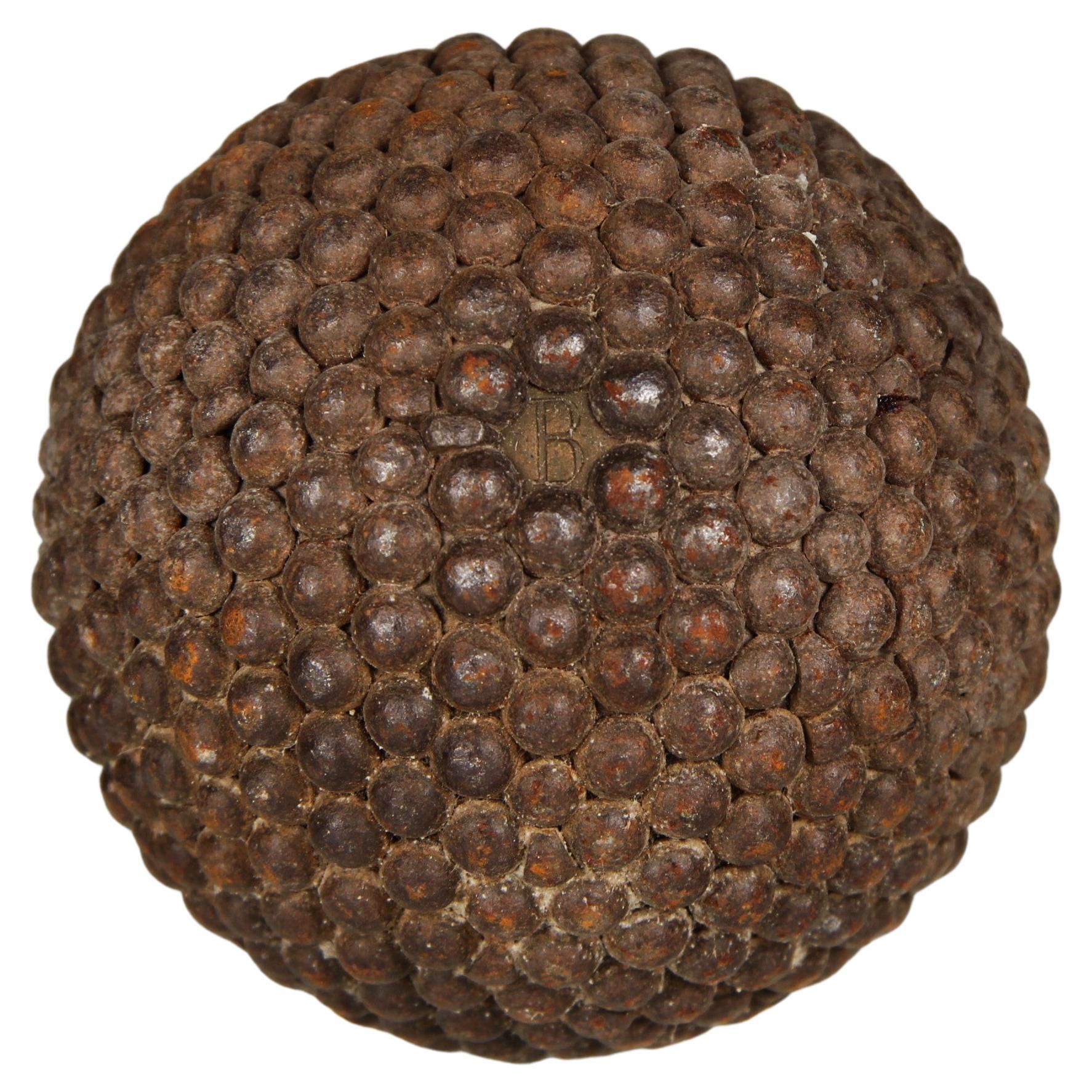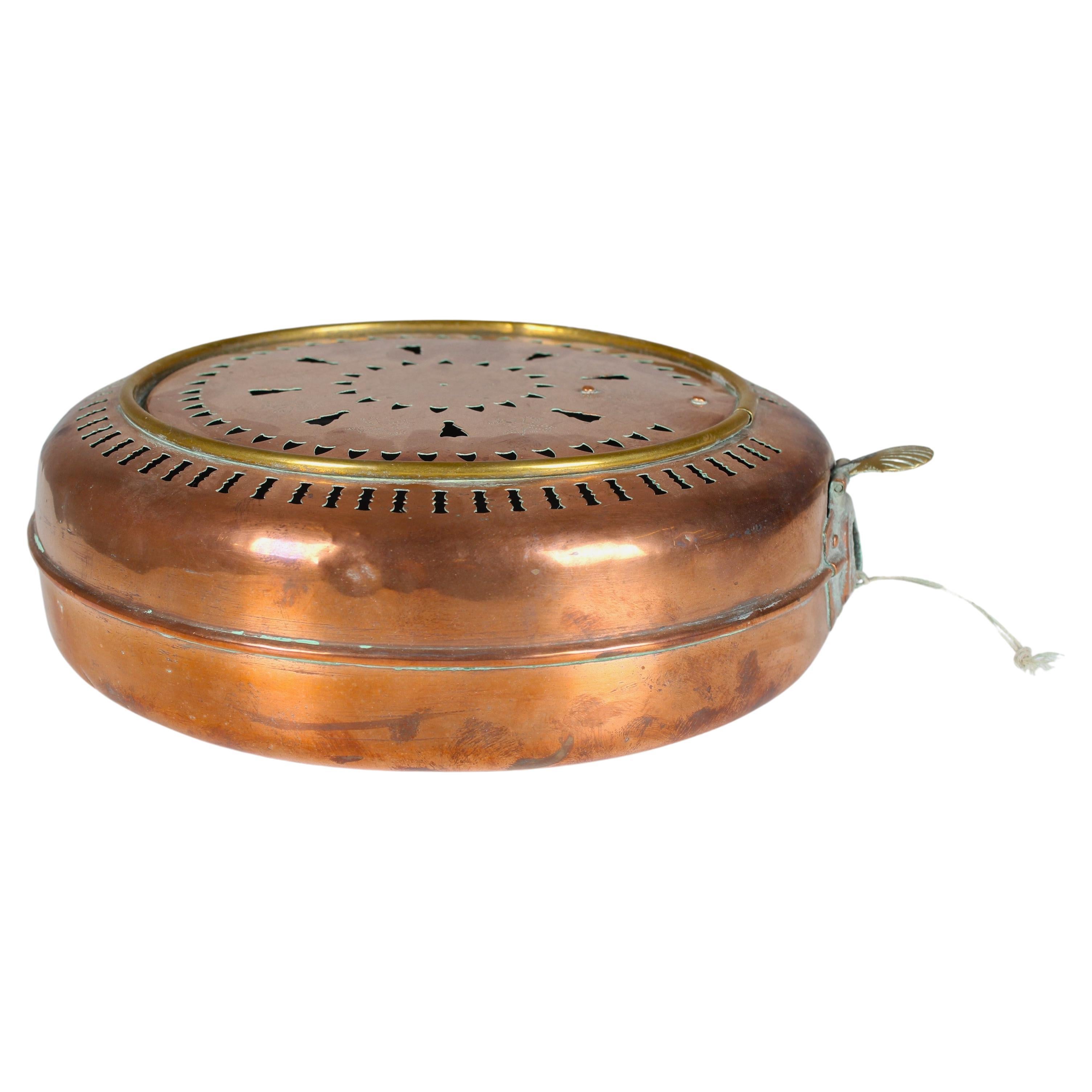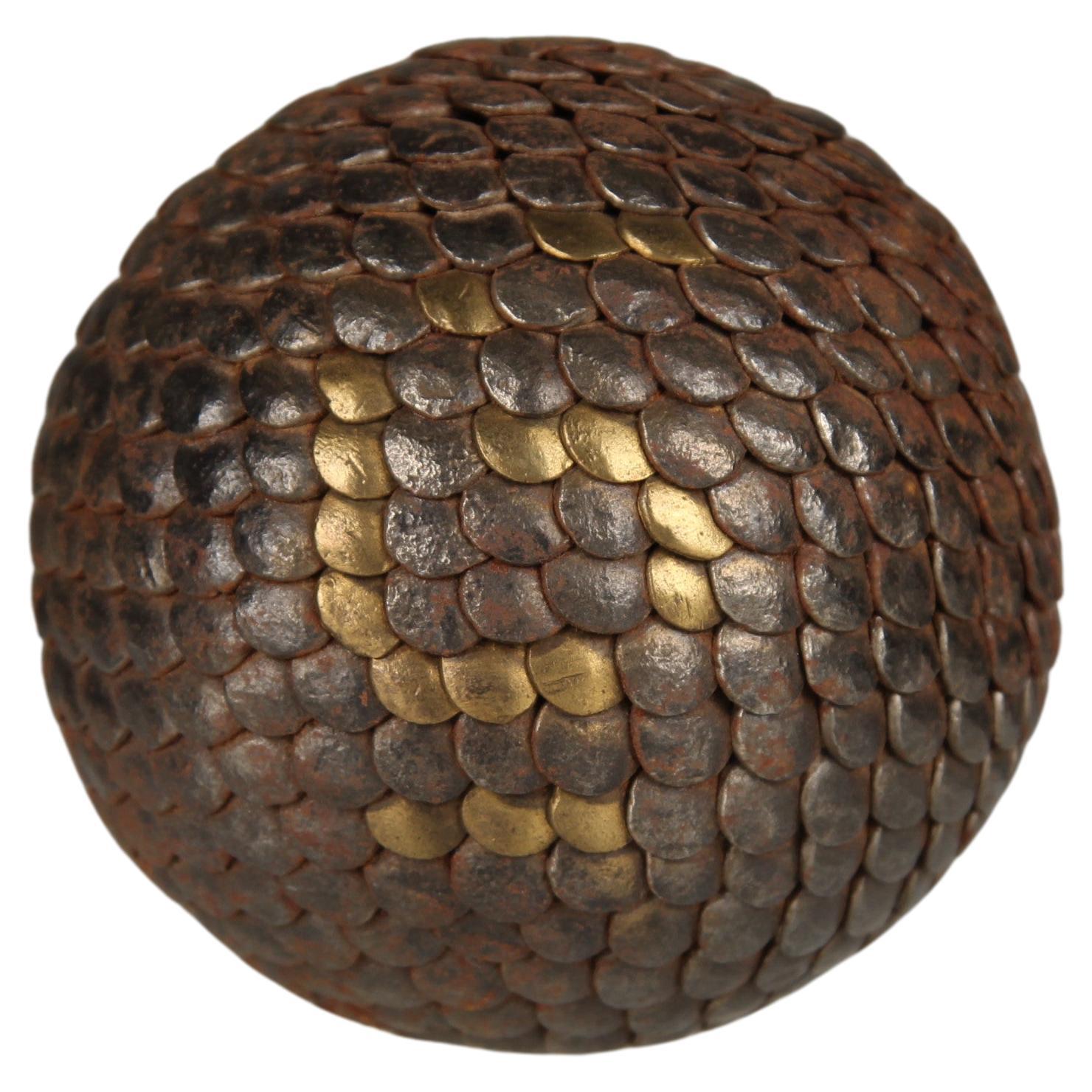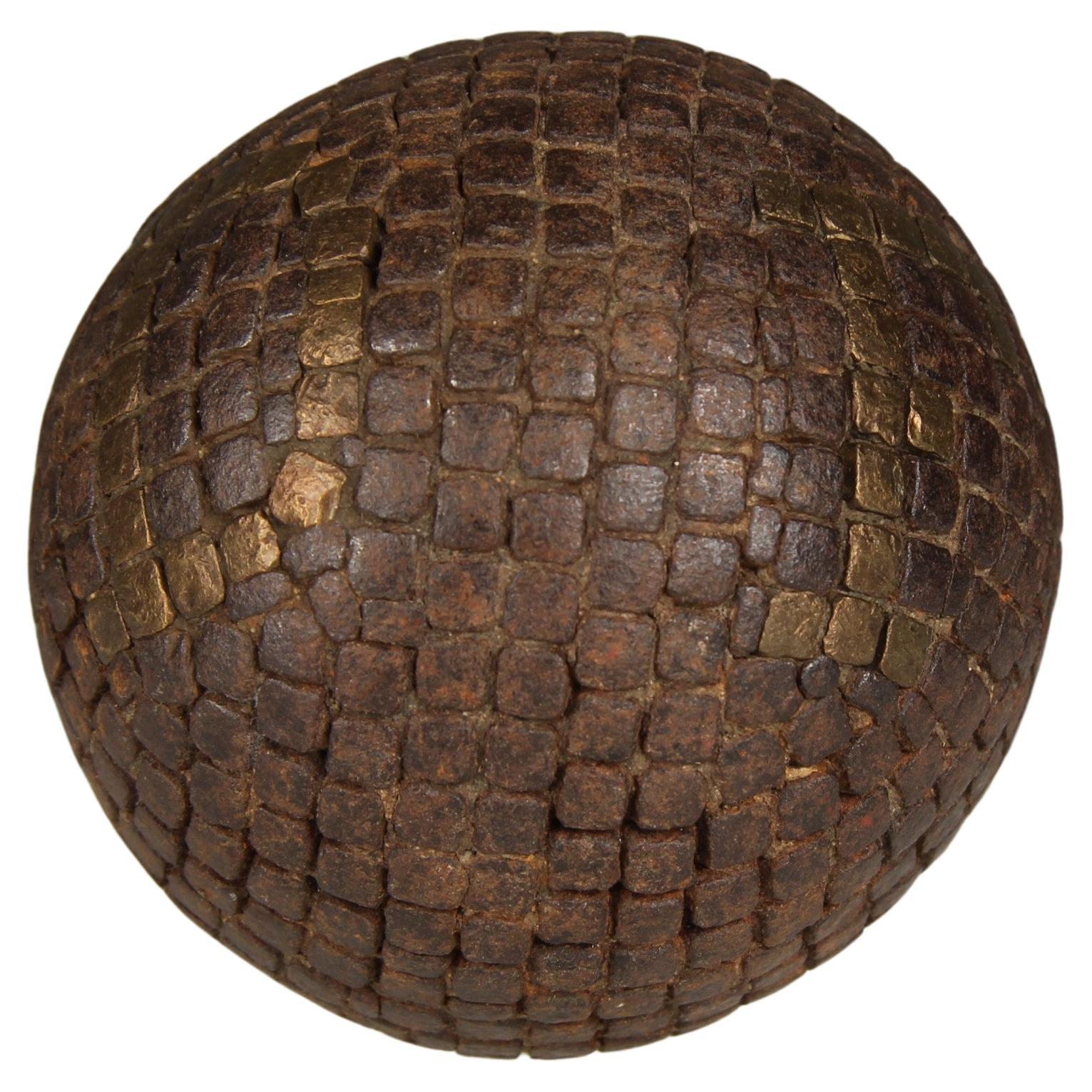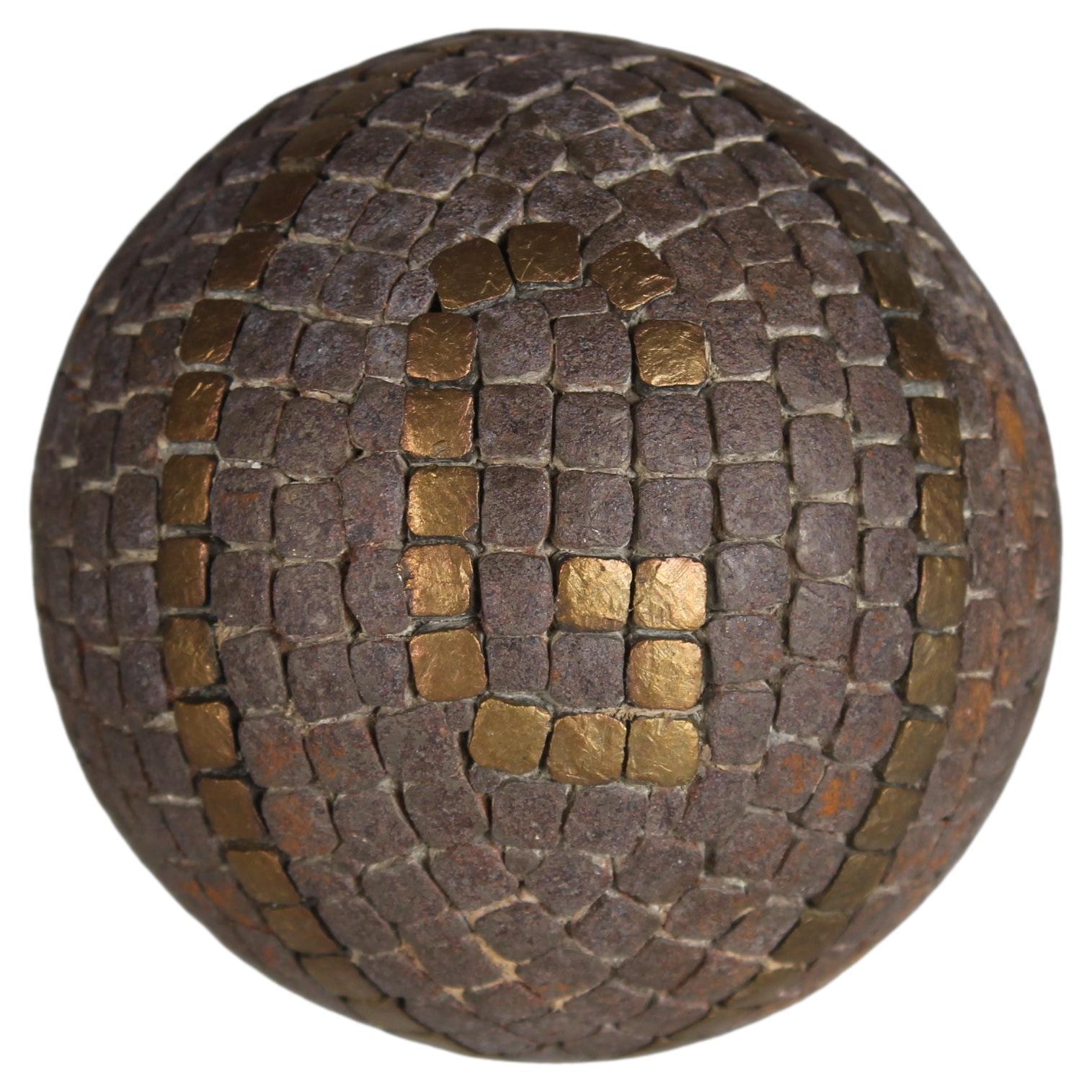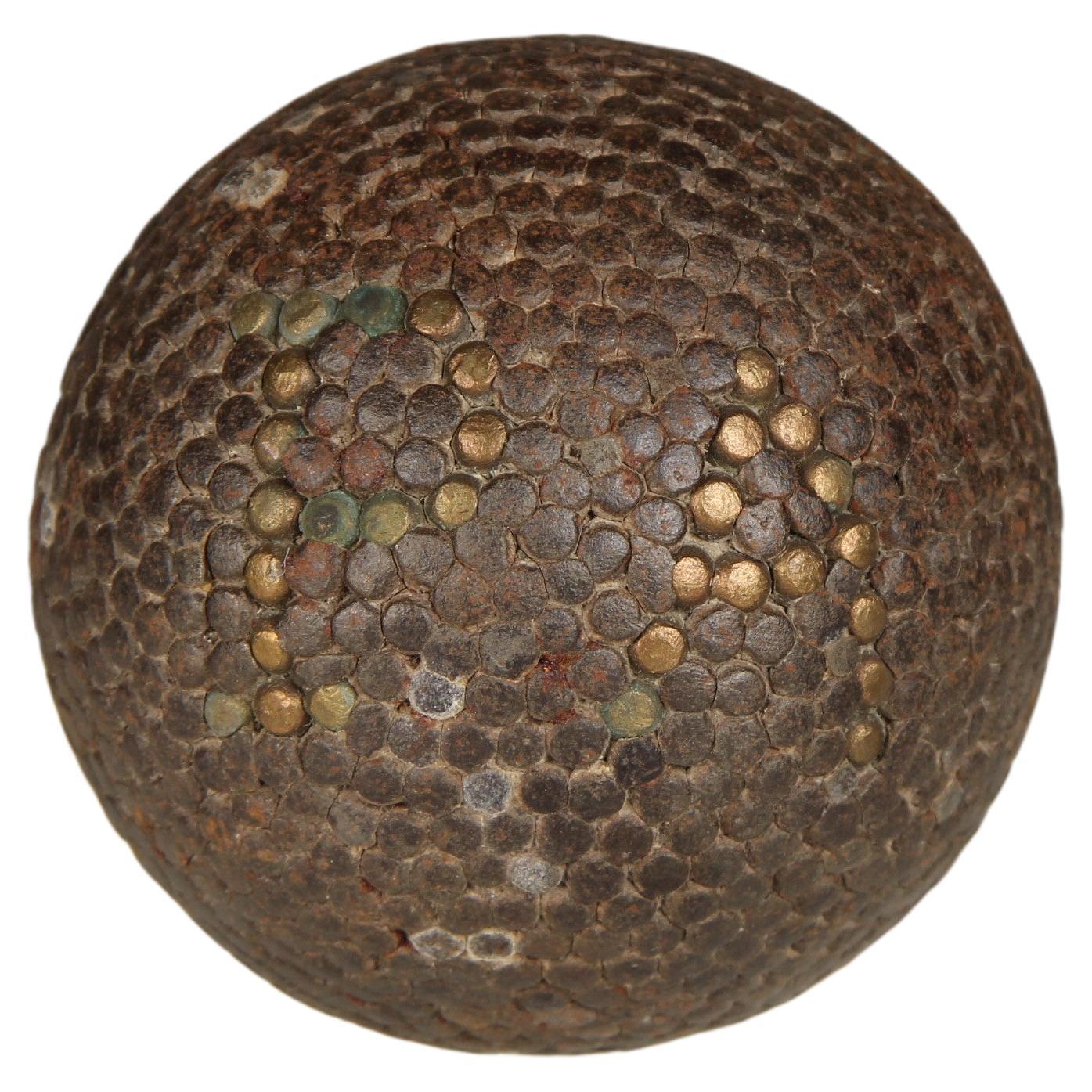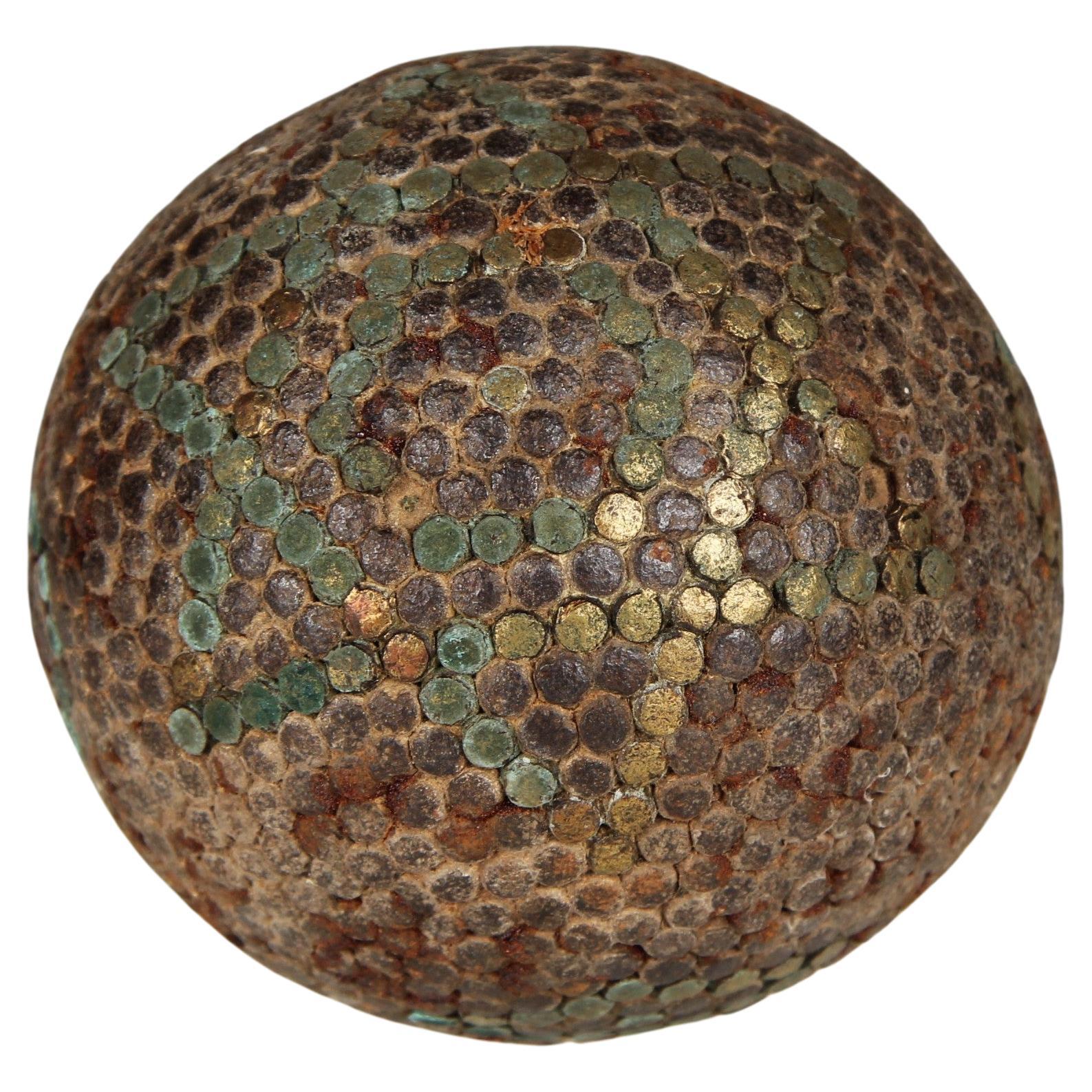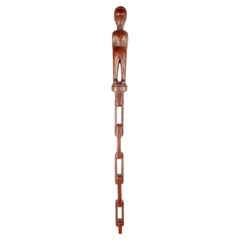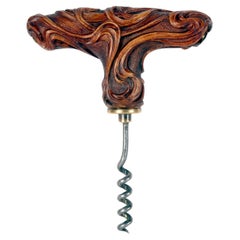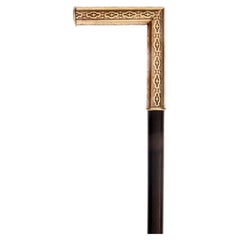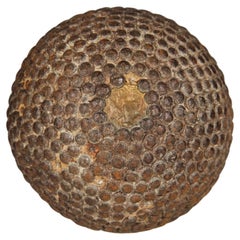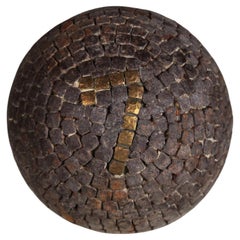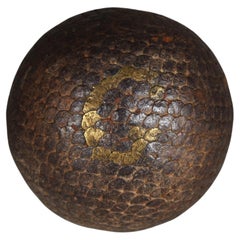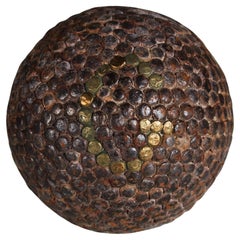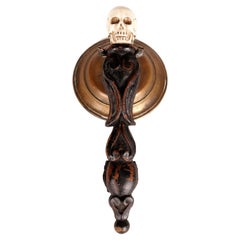
Antique pharmacy corkscrew, with stag horn skull-shaped knob, Italy 1880s.
View Similar Items
Video Loading
Want more images or videos?
Request additional images or videos from the seller
1 of 14
Antique pharmacy corkscrew, with stag horn skull-shaped knob, Italy 1880s.
About the Item
- Dimensions:Height: 1 in (2.54 cm)Width: 5.5 in (13.97 cm)Depth: 2.5 in (6.35 cm)
- Materials and Techniques:
- Place of Origin:
- Period:
- Date of Manufacture:1880
- Condition:Wear consistent with age and use.
- Seller Location:Milan, IT
- Reference Number:1stDibs: LU917139850612
About the Seller
5.0
Vetted Professional Seller
Every seller passes strict standards for authenticity and reliability
Established in 1991
1stDibs seller since 2011
246 sales on 1stDibs
Typical response time: 3 hours
Authenticity Guarantee
In the unlikely event there’s an issue with an item’s authenticity, contact us within 1 year for a full refund. DetailsMoney-Back Guarantee
If your item is not as described, is damaged in transit, or does not arrive, contact us within 7 days for a full refund. Details24-Hour Cancellation
You have a 24-hour grace period in which to reconsider your purchase, with no questions asked.Vetted Professional Sellers
Our world-class sellers must adhere to strict standards for service and quality, maintaining the integrity of our listings.Price-Match Guarantee
If you find that a seller listed the same item for a lower price elsewhere, we’ll match it.Trusted Global Delivery
Our best-in-class carrier network provides specialized shipping options worldwide, including custom delivery.More From This Seller
View AllFolk art walking stick depicting a man on a chain-shaped shaft, USA 1880s.
Located in Milan, IT
Folk art walking stick of American folk art.
The stick is made entirely from a single branch of fruit wood, carved and ingraved. The tip is made of copper, smooth with decorative lin...
Category
Antique 1880s American Antiquities
Materials
Copper
Antique boxwood Art Nouveau corkscrew, France 1900.
Located in Milan, IT
Antique Art Nouveau corkscrew made of hand carved boxwood, depicting plant branches enveloping the knob with brass flowers at either end of the T. The corkscrew worm is made of iron ...
Category
Early 20th Century French Antiquities
Materials
Brass, Iron
Walking stick ivory knob with pug dog head, Germany 1890.
Located in Milan, IT
Walking stick: carved ivory knob depicting the head of a pug dog. Glass paste eyes. Band in 800/1000 silver, with oak leaves in relief. Bamboo wood cane. Metal ferrule. Germany circa...
Category
Antique Late 19th Century German Antiquities
Materials
Ivory, Glass, Wood
System walking stick, matches holder, Italy 1880.
Located in Milan, IT
System walking stick with deer horn tip, santos wood shaft (Cesalpina Ferrea, Brazil). L-shaped handle in slightly silvered brass with smooth band...
Category
Antique Late 19th Century Italian Antiquities
Materials
Brass
Ivory handle walking stick depicting a mangoose with a snake, France 1880.
Located in Milan, IT
Walking stick, carved ivory knob, depicting a mongoose with a snake in its mouth. Emerald and ruby eyes. 18K gold band. The barrel is sculpted and carved from a single patinated mapl...
Category
Antique Late 19th Century French Antiquities
Materials
Gold, Brass, Iron
Folk art walking stick depicting the head of a man with a snake, USA 1880.
Located in Milan, IT
Folk art walking stick: one piece of fruitwood depicting the head of a man with snake along the curved shafts painted green. End of 19th century.
Category
Antique Late 19th Century American Antiquities
Materials
Fruitwood
You May Also Like
Antique Boule Ball, Pétanque, 1880s, France, Craftsmanship
Located in Greven, DE
Beautiful, unique Boule ball, France, late 19th Century.
In the 19th century, the manufacture of boules balls underwent significant development in France as the game of boules, part...
Category
Antique Late 19th Century French Late Victorian Antiquities
Materials
Metal
Antique Boule Ball "7", Pétanque, 1880s, France, Craftsmanship
Located in Greven, DE
Beautiful, unique Boule ball, France, late 19th Century.
In the 19th century, the manufacture of boules balls underwent significant development in France as the game of boules, particularly the pétanque variant, gained in popularity. The manufacture of boules balls during this period was a manual process that required expertise, precision and love to detail.
In the late 19th and early 20th centuries, particularly in rural areas of France and other Mediterranean regions, olive wood was a commonly used source of material for making boules balls. This was not only due to the availability of the material, but also to the outstanding properties of olive wood, which was characterized by hardness, strength and a rich grain.
First, the olive wood was carefully selected and shaped into raw balls, which were then sanded to the desired size and shape. The nails were then hammered into the balls one by one, making sure that they were evenly distributed and firmly anchored. Finally, the spheres were polished and coated with a protective varnish to enhance their natural beauty and protect them from the elements.
The use of nails to decorate and reinforce olive wood boules was a traditional practice that not only gave the ball a rustic aesthetic, but also improved its durability and contributed to customization. Many balls were made according to the specific requirements and preferences of the players. Nails were driven at regular intervals around the ball, with each nail hole precisely placed so as not to affect the balance and weight distribution of the ball. These nails not only served as a decorative element, but also helped to strengthen the structure of the ball and make it more resistant to the hard knocks and wear and tear during play. Individual engravings or decorations were often applied to the balls to make them unique and identify the player.
Antique boules...
Category
Antique Late 19th Century French Late Victorian Antiquities
Materials
Metal
Antique Boule Ball "G", Pétanque, 1880s, France, Craftsmanship
Located in Greven, DE
Beautiful, unique Boule ball, France, late 19th Century.
In the 19th century, the manufacture of boules balls underwent significant development in France as the game of boules, particularly the pétanque variant, gained in popularity. The manufacture of boules balls during this period was a manual process that required expertise, precision and love to detail.
In the late 19th and early 20th centuries, particularly in rural areas of France and other Mediterranean regions, olive wood was a commonly used source of material for making boules balls. This was not only due to the availability of the material, but also to the outstanding properties of olive wood, which was characterized by hardness, strength and a rich grain.
First, the olive wood was carefully selected and shaped into raw balls, which were then sanded to the desired size and shape. The nails were then hammered into the balls one by one, making sure that they were evenly distributed and firmly anchored. Finally, the spheres were polished and coated with a protective varnish to enhance their natural beauty and protect them from the elements.
The use of nails to decorate and reinforce olive wood boules was a traditional practice that not only gave the ball a rustic aesthetic, but also improved its durability and contributed to customization. Many balls were made according to the specific requirements and preferences of the players. Nails were driven at regular intervals around the ball, with each nail hole precisely placed so as not to affect the balance and weight distribution of the ball. These nails not only served as a decorative element, but also helped to strengthen the structure of the ball and make it more resistant to the hard knocks and wear and tear during play. Individual engravings or decorations were often applied to the balls to make them unique and identify the player.
Antique boules...
Category
Antique Late 19th Century French Late Victorian Antiquities
Materials
Metal
Antique Boule Ball "G", Pétanque, 1880s, France, Craftsmanship
Located in Greven, DE
Beautiful, unique Boule ball, France, late 19th Century.
In the 19th century, the manufacture of boules balls underwent significant development in France as the game of boules, particularly the pétanque variant, gained in popularity. The manufacture of boules balls during this period was a manual process that required expertise, precision and love to detail.
In the late 19th and early 20th centuries, particularly in rural areas of France and other Mediterranean regions, olive wood was a commonly used source of material for making boules balls. This was not only due to the availability of the material, but also to the outstanding properties of olive wood, which was characterized by hardness, strength and a rich grain.
First, the olive wood was carefully selected and shaped into raw balls, which were then sanded to the desired size and shape. The nails were then hammered into the balls one by one, making sure that they were evenly distributed and firmly anchored. Finally, the spheres were polished and coated with a protective varnish to enhance their natural beauty and protect them from the elements.
The use of nails to decorate and reinforce olive wood boules was a traditional practice that not only gave the ball a rustic aesthetic, but also improved its durability and contributed to customization. Many balls were made according to the specific requirements and preferences of the players. Nails were driven at regular intervals around the ball, with each nail hole precisely placed so as not to affect the balance and weight distribution of the ball. These nails not only served as a decorative element, but also helped to strengthen the structure of the ball and make it more resistant to the hard knocks and wear and tear during play. Individual engravings or decorations were often applied to the balls to make them unique and identify the player.
Antique boules...
Category
Antique Late 19th Century French Late Victorian Antiquities
Materials
Metal
Antique Boule Ball "B", Pétanque, 1880s, France, Craftsmanship
Located in Greven, DE
Beautiful, unique Boule ball, France, late 19th Century.
In the 19th century, the manufacture of boules balls underwent significant development in France as the game of boules, part...
Category
Antique Late 19th Century French Late Victorian Antiquities
Materials
Metal
Antique Bassinoire, Warming Pan, Copper, France, 1880s
Located in Greven, DE
Beautiful copper pan from France, a so-called Bassinoire.
The lid can be opened with an external lever.
This antique form of a todays hot-water bottle was primarily used in aristocr...
Category
Antique 19th Century French Antiquities
Materials
Copper
